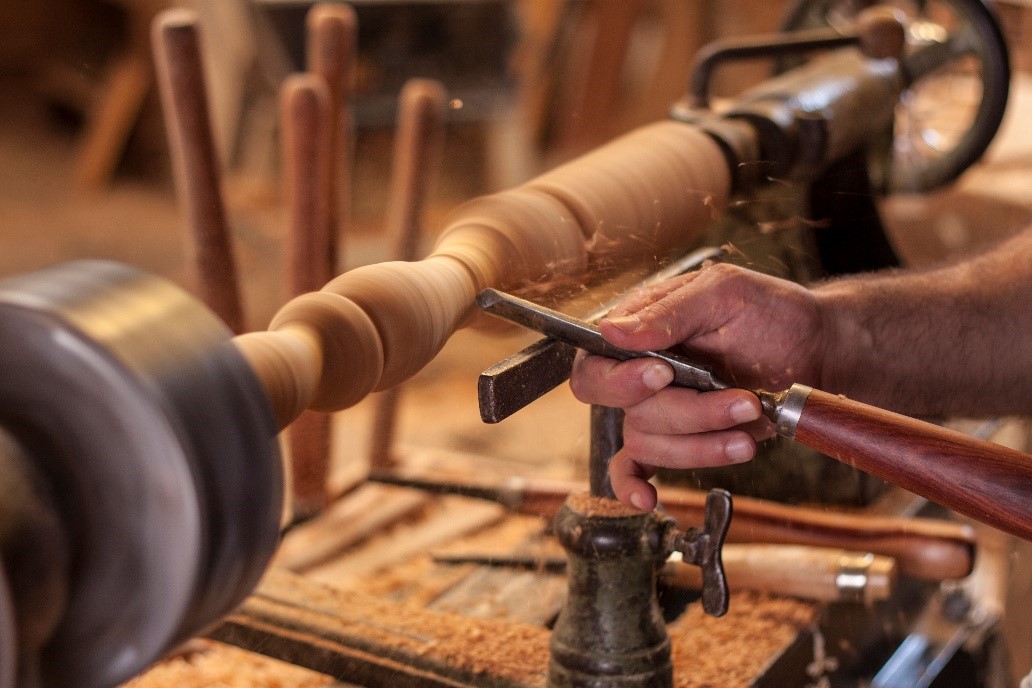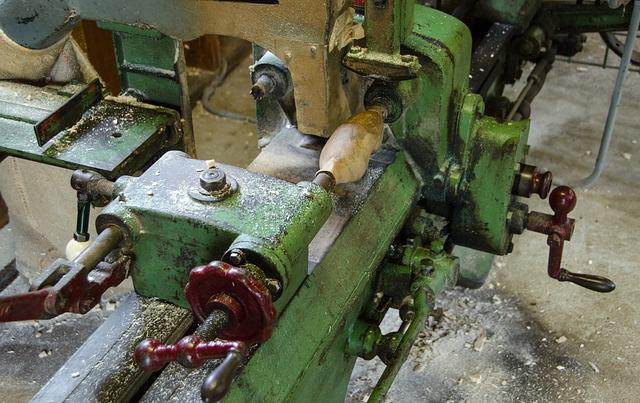
The right tools are essential for woodturning beginners. You can achieve the desired effect with hollowing tools, but it is important to choose carefully. These articles will introduce you to the basics of the Hercules, Osprey, Hunter, and Swan neck. Then you can move on to the more advanced hollowing tools. Here's a short history of hollowing tools for those who have always been curious.
Hunter
Hunter is the best brand for hollowing tools. These carbide-tools were specifically designed for hollowing and endgrain work. Hunter's unique tool system is centered around a circular structured carbide cutter that lasts 100 times longer than comparable HSS cutters. This tool doesn’t need sharpening and can also be rotated to create new cutting edges when necessary.
Hercules
The Hercules Hollowing Tool enables woodturners to perform a variety of tasks, including making interrupted cuts or roughing up bowls. The square body distributes shock impacts between the lathe's rest and the tools. The 45-degree flat surface of the shank allows for stable cutting, even with interrupted cuts. This tool is available in both 5/8" and 3/8" sizes.
Osprey
Osprey hollowing tools are a great way to get a smooth finish on your bowls. They are available in two different sizes and come with a T-9 flag style Torx wrench for rotating the cutter. They can be used just like any other gouge. This makes them a popular choice for pen-turners. An Osprey, if you are new to woodturning is a good tool to start.
Hercules Swan neck
A Hercules Swan neck hollowing tool is a unique tool with a round shape that allows for a variety of cutting applications, including blind turning, under cutting, and side grain work. It comes in three different lengths to fit your needs: the 14'' (851H) is intended for end grain use in projects that do not require deep cuts, the 20'' (855H) allows for greater reach, and the 24'' (859H) is fabricated from a substantial section steel. The round shank is placed against the tool rest.
Osprey Swan neck

Osprey offers two sets of swan-neck hollowing tools. The unique shape makes the swanneck tools useful for blind-turning, undercutting, as well side-grain. The 14" version (851H), is better suited for work with end-grain, while the larger (20") and 24-inch (859) tools can be used for both side-grain as well. Both tools feature a sturdy steel neck, a long blade and sharpened carbide cutting edges.
Carbide cutters
A carbide-tipped carving tool can be an excellent investment in your woodworking toolkit. These tools can provide a cutting experience like no other. They can also reduce strain and increase productivity. They are durable and sharp, and can last many years. These tools can be used to turn any type of wood, such as wood sculpture or hollowing out forms.
Simple Hollowing System
The Simple Hollowing System woodturning system takes the tools out the hands and allows the user the ability to precisely guide the cutting process. This system consists of a mounting plate, an articulate arm, and a laser. This system can be used with any tool that has a 1/2" round handletang. It is new for $425, and shipping included. You can also buy optional tools to complete the system.
FAQ
What kinds of woods are good for making furniture?
Woods are classified according their hardness. Softwoods are pine, cedar and cypress. Because they are resistant to rot, softwoods are often used as outdoor furniture. You can find hardwoods like oak, maple, mahogany, teak, and others. They're generally used indoors because they won't weather well outdoors.
Do you have the skills to learn woodworking?
Learning by doing is the best way of learning anything. Woodworking takes practice, skill, patience and experience. It takes time to master any craft.
To actually learn something is the best way. Start small, and work your way up from there.
What kind of wood should you use?
Woodworking is a popular job that involves oak, pine and maple. Each type of wood has its own unique characteristics that can affect the final product's appearance. Oak tends to be harder and darker than other woods. Birch is light and soft, while mahogany can be heavier and more dense. You can also choose from solid wood or veneers. Veneers are thin sheets of wood that are glued together to form a single layer.
Statistics
- If your lumber isn't as dry as you would like when you purchase it (over 22% in Glen Huey's opinion…probably over 10-15% in my opinion), then it's a good idea to let it acclimate to your workshop for a couple of weeks. (woodandshop.com)
- Woodworkers on the lower end of that spectrum, the bottom 10% to be exact, make roughly $24,000 a year, while the top 10% makes $108,000. (zippia.com)
- Most woodworkers agree that lumber moisture needs to be under 10% for building furniture. (woodandshop.com)
- Average lumber prices rose about 600 percent between April 2020 and May 2021. (familyhandyman.com)
External Links
How To
How to stain wood
Staining wood refers to applying chemicals to wood's surface. This chemical reaction causes the wood to change in color. This chemical reaction changes the wood's color from white to brownish. Oak is the most commonly used wood for staining, but other woods can also be stained.
There are many options for applying stains to wood surfaces. You can mix the stain with a solvent, such as turpentine, and spray it onto the wood. You can also apply a solution containing water and dye directly to the wooden surface. It is possible to mix stain into varnishes and paints, making it part of the finishing coat.
Preparing the surface for staining wood is the first step. You must clean the wood well to remove any grease or dirt that might interfere with the application of the stain. Sanding the wood smooths out rough spots and scratches. Next, you need to decide which stain you want. There are two main types of stain: non-penetrating and penetrating. Penetrating stains penetrate deeper into the wood than non-penetrating ones, making them ideal for dark colors such as mahogany. Non-penetrating oils work best when used with light colors, like maple.
After you've decided what type of stain to apply, get ready for your tools. Paintbrushes are great for applying stain because they allow you to evenly spread the liquid across the surface. After you're done painting, make sure to have some rags handy to remove any excess stain. You should have enough containers to store the various components of the stain mixture if you intend to mix it yourself.
After you have prepared your materials for staining, clean the area. Use warm water and soap to clean away dirt and dust. You can wipe down the entire furniture using a damp rag with clean water. Take care to remove all debris and dirt, especially if you are planning on staining darker wood.
Next, apply the stain. Apply the stain by brushing or spraying it onto one side of the furniture. Slowly and carefully work your way along the grain to reach the opposite end. The stain should not drip off of the wood's edge. Before you proceed with the next steps, let the stain dry completely.
Protect the painted surface with a coat polyurethane paint sealant. Apply three coats polyurethane sealer. Allow the third coat to dry overnight, before sanding.